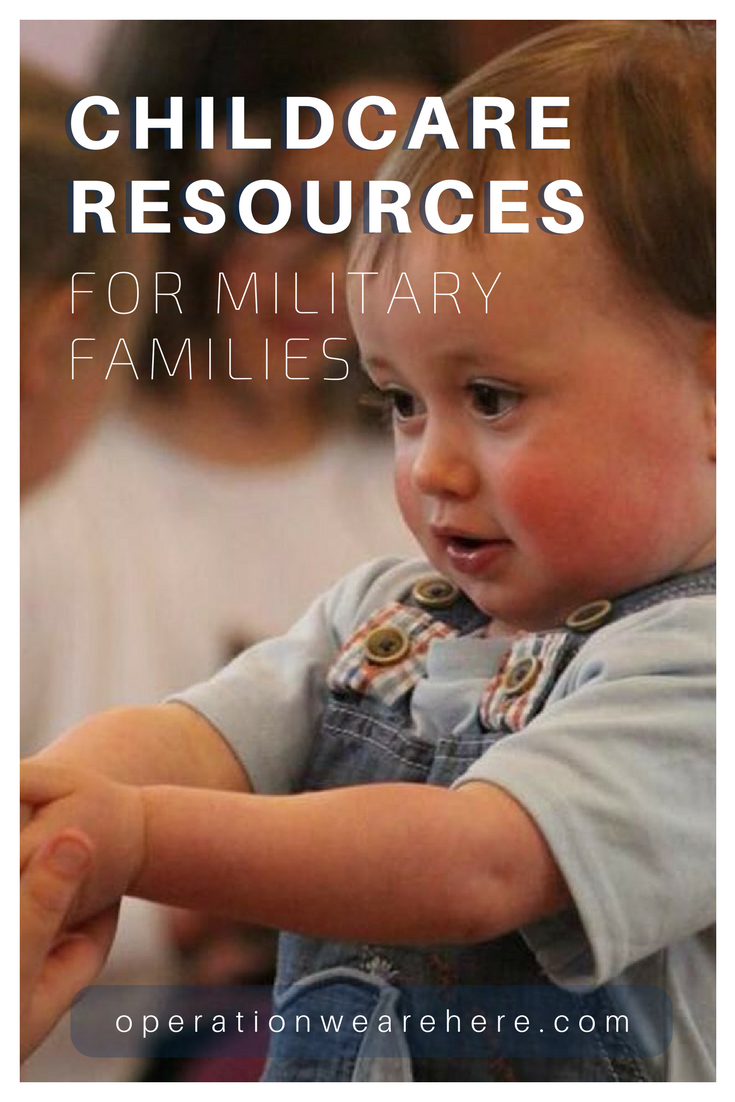Military Brat Syndrome - The boy clings to his father's leg as he says goodbye. His father was deployed to South West Asia for six months in support of OEF and OIF.
) is the child(ren) of the party, party(s) adopted by parents or legal guardians who are serving full-time in the United States Armed Forces, whether or not. The term military brat also refers to the subculture and lifestyle of such families.
Military Brat Syndrome

The military lifestyle includes moving to new countries or countries several times while growing up, as the child's military family is often transferred to new non-combat assignments; as a result, many military brats never had a hometown.
The Brave And Faithful • A Podcast On Anchor
There are also other aspects of military service life that are very different compared to American citizens, often involving living in foreign countries and/or different regions in the United States, exposure to foreign languages and cultures, and immersion in military culture.
The age of the phomon means that the military brats have been described by many researchers as one of America's oldest and least known and most invisible.
Research has shown that most currt and military brats like this name; however, outside of the military world, the word brat in the military can be misinterpreted by non-military people, where the word brat is often a pejorative term.
Photo from the US Army travel guide, written for military families. Army brats move an average of 10 times as they grow; some have moved as many as 36 times,
A Memorial Day Read: Military Brats Sound Off Now!
Studies show that this group is made up of many strengths. A major impact is the fact of constant movement, as the family follows a part of the military (or in some cases, two parts of the military) transferred from military base to military base, every movement is usually there. hundreds or thousands of miles away. Other formative forces include cultural resilience and flexibility, frequent loss of friendships, ease or talent for making new friends, not having a city, and general exposure to foreign cultures and languages while living abroad or in several localities. culture. it varies due to living in different parts of America. Additional influences include living in a series of military bases that act as public figures, the military culture prevalent in these bases, the acceptance of part due to deployment, the threat of losing one in war, the stress associated with the psychological effects of war. (living). and part of the returning veterans affected by the war) and the military of the family unit (the child is treated as a soldier to a certain extent and is under the control of the army, education in the code of honor and military service, constant exposure to the ideology and characteristics of nationalism. , experience). free medical aid, and military training).
Military brats receive Tricare until age 23 or 25 (if Tricare Young Adult is purchased).
While other non-military families may share these same characteristics and experiences, the military culture has a much higher incidence and reduction of these problems and experiences in military families compared to the civilian population, and from the integrated military community they see. experience. as always. Studies show that growing up immersed in military culture can have long-lasting effects on children, both good and bad.
The base gate and checkpoint at Amarillo AFB has since been closed. Life inside a military base is very different from the civilian world, giving many military veterans a sense of alienation from civilian culture.
Amazon.com: Military Kids, Military Brat, Dandelion Tck T Shirt
Military bases are often small towns, sometimes with a population of 10,000 or more, and are independent states where military culture is central and civilian culture is secondary.
While the general public uses the term base to refer to any military installation, in the United States military, the term base applies primarily to Air Force or Navy installations while Army installations are referred to as posts.
Armaments develop by moving from base to base as they follow their part or parts to new assignments.
Sometimes they live on base, sometimes off, the base in both cases is always the character of military life, where shopping, entertainment, schools and military communities form a series of temporary cities for military young men while they grow up.
Military Brats Have Higher Risk Of Developing An Addiction
Two military brats shop at the commissary, which is located in the military area. Bases are often independent cities, with shopping, schools, hospitals, entertainment, cinemas, etc.
Studies show that the culture on military bases is perceived by most current and former military personnel to be very different from civilian culture.
It is as common as it is in military cultural norms and expectations, with the presence of military police or other equivalent military defense forces, armed guards, high security facilities and some level of surveillance. Some bases also have unique characteristics, such as air bases with many aircraft and attdant noise, or a port with a large number of naval vessels. The balance of these are expanded areas with a free character, in the base accommodation, shopping, dining, entertainment, sports and tertainmt, and church bases that host various religious services.

However, military regulations, laws and social ethics apply to every base, which may differ significantly from local, state or national laws, regulations and customs.
Cardiopulmonary Exercise Testing Excludes Significant Disease In Patients Recovering From Covid 19
Military slang is different from standard American glish and often focuses on military lingo and military abbreviations.
There are many words and phrases that are unique to the military world and are part of everyday conversation on bases.
For example, time is measured in 24-hour divisions instead of 12 hours as in a local country, and distances, especially at United States Army posts or at many American bases in all services overseas, are often expressed in meters and kilometers (or clicks on the military slide) instead of yards. or miles.
As a result, many military brats report feelings of a military-flavored cultural identity and a sense of alienation from local culture, even from the United States.
Military Financial Assistance
These feelings of difference can be further complicated by absorbing different levels of foreign culture and the diversity of local American cultures while living in different locations as part of the military lifestyle.
Bases make up society, but because most of them experience 100% turnover every few years, an old military hero will never find old friends, neighbors or even former teachers, in the bases where they grew up. Basic schools generally have a high ev turnover rate, reaching 100% turnover in just two years.
Because basic rights are revoked at the age of 21 (or 23 if one is in university), accessing basic memories or re-connecting with one's place of growth can also be difficult.

Although there is no accurate figure, the Department of Defse of the US estimates that about 15 million Americans are former or currt brats of the military, including those who spit all or part of their childhood and / or adolescence in the lifestyle.
A Hawaii Entrepreneur Pivoted From Counter Terrorism To Award Winning Barbecue. Here's How He Uses Facebook To Grow His Team Of Veterans.
This population includes the age range of less than 1 to 90 years, as there are military personnel for generations.
Most military brats have spent their formative years in an active lifestyle, some part of it, although military family problems, power and influence may persist. Also, not all military brats grow up to travel all the time, although many do.
Military brats have been highly educated, both from a social psychological point of view and an American subculture that is different and unique, although less of a long-term influence of the way of life. There are also gaps in the studies of specific era (post-Cold War) military brats. Together these studies paint a consistent picture of how the lifestyle of tds affects people (on average) in different areas of life. These studies look at general patterns and individual experiences can vary greatly:
Some strong points identified in military studies are the high presence of a resilient personality, special social skills, a high level of cross-cultural or international knowledge, proficiency in foreign languages, and a strong relationship with mathematics in further work. the tail. service to others.
Proud Military Child Tshirt Military Child Month Gift Shirt Fleece Blanket By Felix
Studies show that ex-military children have pursued military careers in much higher numbers: military service, teaching, counseling, police, nursing and foreign service work are heavily depressed in military career statistics (compared to non-military statistics). brat models of employment choice).
Mary Edwards Wertsch identified a model (for those military heroes who do not choose military service) of independent work (autoemploymt / avoiding direct compliance with the mandated numbers) and in this line that likes art and the art that it offers. . more independent
He also reported that for those military brats who have chosen military service, there is a process of passing through the stage of gaining authority or a test during military service, or a model of resting authority, which has resumed their studies.

As adults, military brats can share many of the same positives and negatives identified in other people who had a very active childhood. Having had the opportunity to live all over the world, military personnel can gain an unparalleled wealth of experience.

Post A Comment:
0 comments so far,add yours